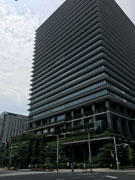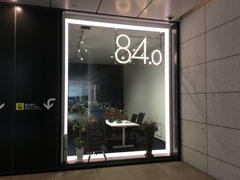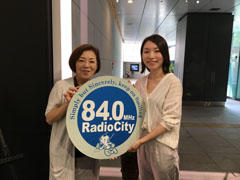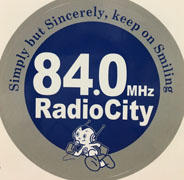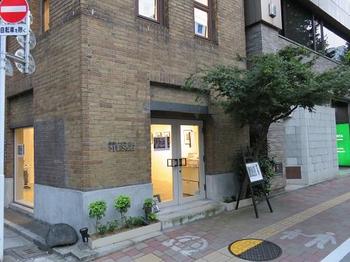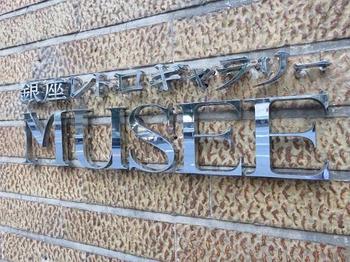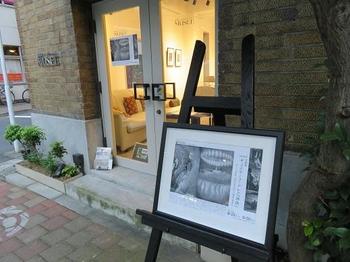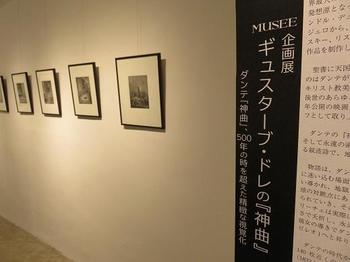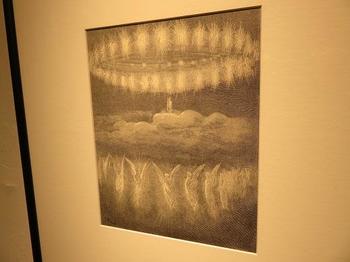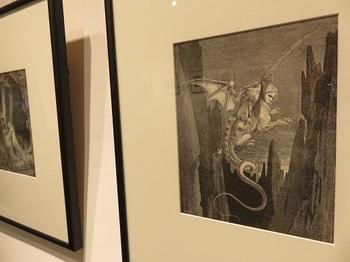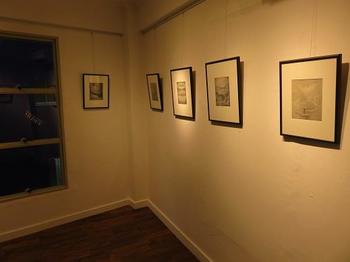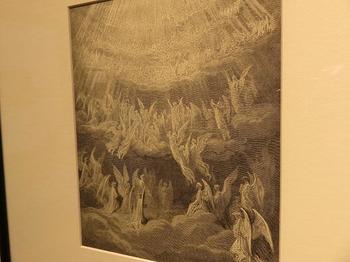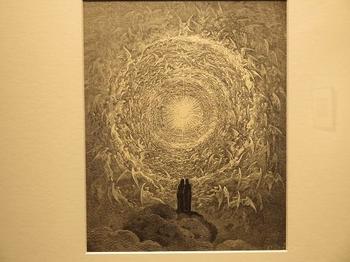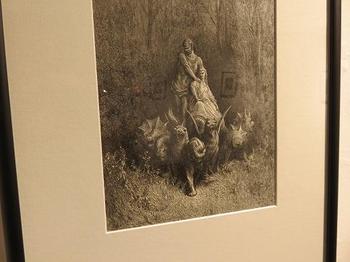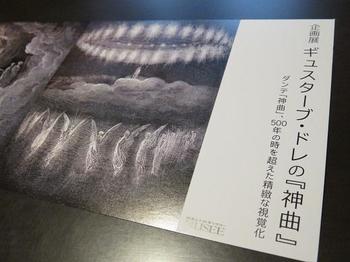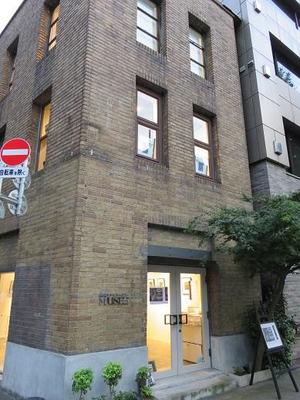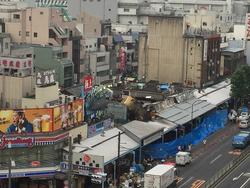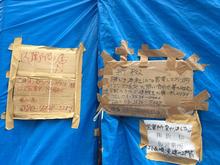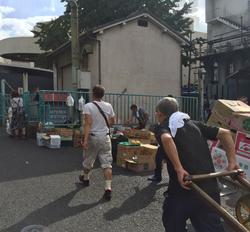I went to Ningyocho!
As you may know many people know, the history of the official place name "Ningyocho" is shallow. "Ningyo-cho currently has three chores, occupying both sides of the Toden line from the stop at Suitengu to Horidome-cho in the northwest direction, and the correct town names are Sumiyoshicho, Sakaimachi, Shinwa Izumicho, Yoshicho, former Osakacho, Kakigaracho and Matsushimacho. However, along with Suitengu, the name of Ningyocho was famous since Furusato," and "History of Chuo-ku".
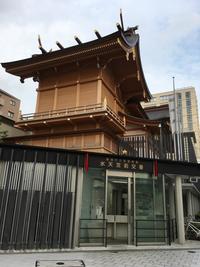
Suitengu Shrine from the Suitengu-mae intersection (it is said to be beneficial to safe delivery and water shortages, and it is crowded with many worshipers on the day of the dog)
One of the major factors in the development of Ningyo-cho was the relocation of Suitengu from Shiba-Akababashi Arima Kagami-yashiki to Arima Kagami-yashiki in Kakigara-cho in 1872. And it developed as the temple town of Suitengu.
"The monthly festival is held on the 1st, 5th, 15th, and the Dog Day every month, but on the Hatsusuitengu, Reitaisai festival (May 5th), and the Dog's Year Dog Day, many people come from a distance and visit the crowd. However, it is said that the prosperity is unprecedented. The entertainments of Kagura 75-za and local volunteers were dedicated, and fairs stood out inside and outside the precincts, and the prosperity that continued as a pilgrimage was a unique view of Tokyo."
However, after the Taisho Earthquake, emerging shopping streets were born in various places, and the development and the prosperity of department stores declined Ningyocho. Even after the war, shrines and temples was generally not shaken, so Sutengu did not receive the same attention as modern times.
By the way, Ningyocho transformed into a wonderful city in 2017 with the changing times.
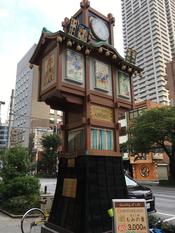
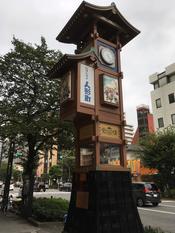
When you go up to the ground from exits A1 and A2 on the Hibiya Line, two Karakuri clocks will welcome visitors across Ningyocho Street.
Speaking of Ningyocho, amazake Yokocho, Kakigara Ginza Ruins, Saigo Takamori Yashiki Ruins, Junichirou Tanizaki Birthplace, Nihonbashi Seven Lucky Gods, Genji Store, etc. are famous. This time, I walked around the city with spots from the Suitengumae intersection to the amazake Yokocho intersection.
At the Suitengu intersection, the Mihara Domoto store and Shigemori Eishindo stand across Ningyocho-dori. Shigemori's Ningyo-yaki and Zeitaku Senbei are very famous as a souvenir of Ningyocho. The dorayaki and bean Daifuku of Mihara-do are also very popular, but I personally recommend salt rice crackers. Follow up with exquisite flavors. Follow Ningyocho Dori toward amazake Yokocho, and when the scent of nikki drifts from your right hand, you will arrive at Kotobuki-do. The golden potato with the scent of nikki is a specialty of Ningyocho. If you follow the road, you will find Gyokuido on your right. The Torayaki of Gyokudo is famous, but I would like to recommend "Tamabun". The bun is made up of 5 layers, and you can enjoy the appearance and the moderate sweetness is very good. It is also famous for its origins from amazake Yokocho that there was a sweet liquor store called "Owari-ya" in the current location of Gyoeido.
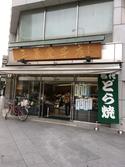 |
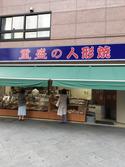 |
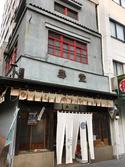 |
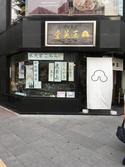 |
| Mihara Domoto Store |
Shigemori Eishindo |
Kotobuki-do |
Gyoeido |
Turn right at the amazake Yokocho. Go straight along amazake Yokocho leads to Meijiza. There are a number of long-established stores in amazake Yokocho, such as spelling shops and musical instrument shops dealing with shamisen and bechi. Then turn right at amazake Yokocho and go a little further.
There is also Yanagiya, which is famous for its sea bream. But this time, I decided to turn left without turning right.
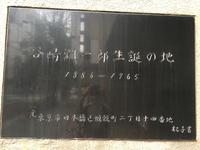
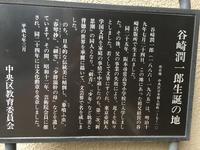
Immediately, the stone monument of "Junichirou Tanizaki's Birthplace" comes into your eyes. Junichirou Tanizaki was born in 1886 at his grandfather's house, Tanizaki Katsubunsho. It is said that the book on this monument is written by Mrs. Junichirou Tanizaki.
Beyond that is Nihonbashi Elementary School. It was currently undergoing renovation work. This is famous as the site of the Saigo Takamori mansion. In the Edo period, this area was the lower residence of the Sakai family of the Himeji clan. In addition, in the map of 1873, there is a description of "Kakigara-cho 1-chome Ichi-26333tsubo Kane, 586 yen Takamori Saigo".
Saigo Takamori will only stay here for two years from 1871 to 1873. He returned to Kagoshima in the political change in 1873, and caused suicide in the 1877 Southwest War.
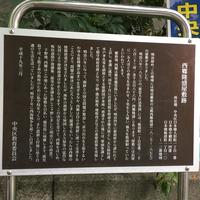
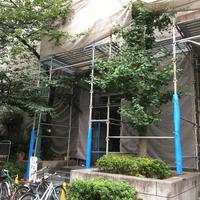
In addition, there is such an alley in Ningyocho, and you can feel the downtown atmosphere.
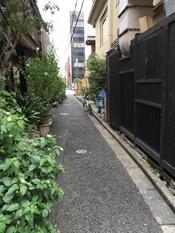
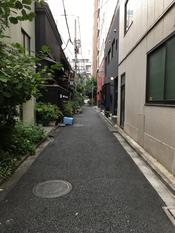
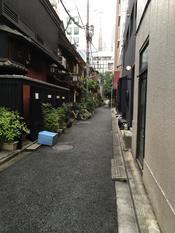
Finally, I would like to introduce two companies, Nihonbashi Seven Lucky Gods, and finish this blog.

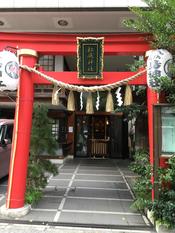
Chanogi Shrine Matsushima Shrine
Chanogi Shrine "In this area, there is the Nakayashiki of the Hotta family of the Sakura Domain in Shimousa, and the guardian angel worshiped enshrined deity. The tea tree planted around the shrine is said to be the origin of the name "From the Chuo-ku Monochiri Encyclopedia" (Hobukuro-son, Nihonbashi Seven Lucky Gods)
Matsushima Shrine "It is located in Matsushima-cho, and the date of first enshrinement is said to have been before Toru, and divine spirit is seeking Yoshimi Kanemi in 1585. Sumiyoshi, worshiping the god of food, when this area was a seashore, there was a pine tree Kojima in the sea. It is said that the shrine on the island was commonly referred to as Matsushima Inari. In 1713, when this area became a town area, Matsushima Shrine was famous for its annual Tori-no-ichi Fair, and it was incorporated into the first floor of the building. (the great power god of Nihonbashi Seven Lucky Gods)
This time, I wrote a blog focusing on a part of Ningyocho, but I haven't yet written about the charm of Ningyocho. I would like to describe the Kakigara Ginza ruins and Daimon-dori, which I could not touch this time, in another time.
Nevertheless, Ningyocho was a city with a very deep content in history and culture.
